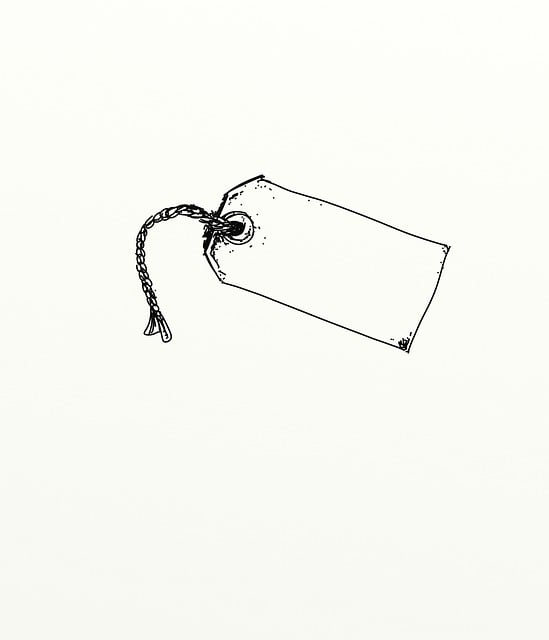London residents have easy access to skin tag removal procedures, offered by dermatologists and experienced professionals. Using various methods from surgical excision to cryotherapy, these experts address cosmetic concerns related to skin tags appearing in areas of friction. Aftercare guidance ensures successful recovery, emphasizing cleanliness, dryness, and avoiding strenuous activities.
Looking to get rid of skin tags in London? This comprehensive guide explores the surgical removal process, offering insights into understanding these benign growths, their causes, and various types. We delve into the medical approach, highlighting techniques employed by skilled dermatologists at top London clinics. Additionally, we provide post-removal care advice and recovery considerations to ensure a smooth process. Discover expert tips for effective London skin tag removal.
- Understanding Skin Tags: Causes and Types
- The Surgical Approach: Procedure and Techniques
- London Clinics for Skilled Dermatological Care
- Post-Removal Care and Recovery Considerations
Understanding Skin Tags: Causes and Types
Skin tags, also known as acrochordons, are small, soft skin growths that typically appear as harmless lumps or tags on various parts of the body, most commonly in areas where skin rubs against itself. They are usually not a cause for concern, but some individuals choose to have them removed for cosmetic reasons. In London, skin tag removal is a relatively simple and common procedure performed by dermatologists and experienced medical professionals.
There are several types of skin tags, with the most prevalent being acral and perianal. Acral skin tags often develop on the neck, armpits, or groin due to friction and trauma to the skin. Perianal tags, on the other hand, are more common around the anus and rectum. While their exact cause is not fully understood, they are believed to be associated with insulin resistance, obesity, pregnancy, or certain genetic factors.
The Surgical Approach: Procedure and Techniques
In many cases, removal of skin tags in London is a straightforward surgical procedure, typically performed under local anaesthetic. The surgeon will first clean and prepare the area around the tag(s). Using precise, sterile instruments, they then carefully cut or scrape away the skin tag at its base, where it attaches to healthy skin. This method is quick and often leaves minimal scarring.
Alternatively, for smaller tags, a more delicate approach might be taken. This could involve freezing the tag with liquid nitrogen (cryotherapy) or using laser treatment to burn and destroy the skin tag. Each technique has its advantages and may be recommended based on the size, location, and number of skin tags present.
London Clinics for Skilled Dermatological Care
In the vibrant and bustling city of London, accessing skilled dermatological care for skin tag removal has never been easier. The metropolis boasts a wealth of clinics dedicated to providing top-tier treatment options that cater to diverse needs. These establishments are not only equipped with the latest technology but also staffed by experienced professionals who understand the nuances of skin health. Whether you’re seeking a quick, safe removal procedure or extensive advice on managing skin tags, London’s dermatological landscape offers a symphony of services tailored to your requirements.
For those prioritizing efficient and effective London skin tag removal, these clinics stand as true game changers. They employ advanced techniques, from surgical excision to cryotherapy, ensuring that unwanted skin tags are eliminated with minimal discomfort and optimal results. Moreover, the calm and nurturing environment within these facilities fosters a sense of comfort, making what could be an uneasy experience much more manageable for patients.
Post-Removal Care and Recovery Considerations
After surgical removal, it’s crucial to care for the treated area properly to ensure a smooth recovery in London skin tag removal procedures. Patients should keep the wound clean and dry, avoiding any strenuous activities or heavy exercises for a few days. A mild, fragrance-free soap and cool water are sufficient for cleaning; gently patting the area dry afterward is recommended.
During the healing process, it’s normal to experience some redness, swelling, or minor bleeding, which typically subside within a few days. To alleviate discomfort, over-the-counter pain relievers can be taken as directed. It’s important not to scratch or rub the treated area and to avoid using any lotions or creams without consulting a healthcare professional. Dressings may be recommended by your specialist for additional protection and should be changed as instructed.
Skin tags can be unsightly and sometimes uncomfortable, but their surgical removal offers a safe and effective solution. Understanding the different types and causes empowers individuals to seek professional help, especially at specialist London skin tag removal clinics. The surgical approach, involving precise techniques, ensures minimal trauma and quick recovery. With proper post-removal care, individuals can achieve clear, smooth skin, boosting their confidence. For those considering this procedure in London, consulting experienced dermatologists is key to achieving the best results.
